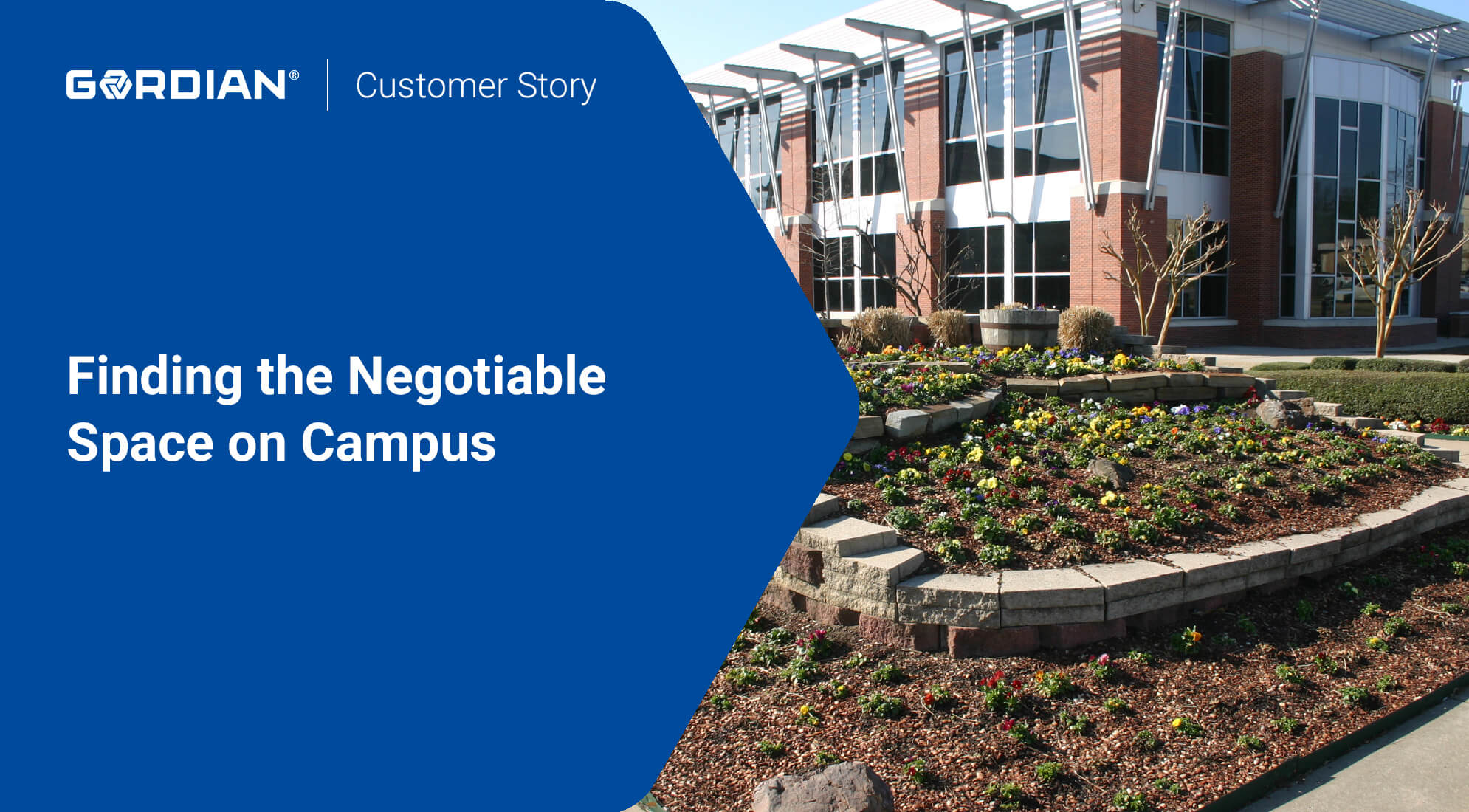
Rice University Upgrades their Facilities Condition Assessment
An old, unreliable FCA
A new, comprehensive data source
A new, long-term deferred maintenance fund
Challenge: Outdated, Untrusted Facilities Data
A premier research institution, Houston’s Rice University has grown substantially in both program offerings and campus footprint. The physical campus is generally young, specifically when compared to peer institutions. But as tends to happen with young campuses, its average building age masks the risks of its older facilities.
A previous facilities condition assessment conducted on campus had provided a price point for the total level of facilities deficiencies but lacked an actionable investment plan for addressing those deficiencies. Campus leaders knew what projects needed to be completed, but lacked any rationale for setting project priorities. As a result, the university’s decision-makers felt the quality and accuracy of the assessment’s findings were untrustworthy.
As tends to happen with young campuses…average building age masks the risks of its older facilities.
Rice needed a new framework for planning facilities investments, so they sought Gordian’s help. Not only would a comprehensive facilities condition assessment restore confidence in the reported level of deficiencies on campus, but Gordian would also help Rice establish an objective methodology for quantifying risks, communicating needs and prioritize investments into their facilities.
Solution: A Comprehensive Facilities Condition Assessment
Gordian’s first move was to survey and assess over 90 buildings on Rice’s campus, totaling six million gross square feet of space. While conducting technical walkthroughs in academic, athletic and student life spaces, Gordian interviewed maintenance operators and facilities directors. This combination of hard data and user experience input enabled Gordian to create a credible list of asset conditions and deficiencies that also incorporated operating perspectives.
With a comprehensive database of building needs established and an approved project list, data models were used to create a prioritization score for each facility based on its condition, renewal needs, function and size. Each project was then analyzed to determine a funding approach that helped multiple university departments work toward their objectives, creating consensus among campus leaders for needed investments. With Gordian’s assistance, Rice developed a framework for mutually beneficial project selection.

Facilities are a major part of any organization’s multiyear capital planning strategy. The right facilities investments — or the wrong ones — can make or break the success of a long-term plan. Watch this video for advice on facilities considerations to make during long-term capital planning.
Result: Getting Deferred Maintenance into the Budget
Equipped with reliable facilities condition assessment data and an actionable plan, facilities leaders at Rice began consistently sharing facilities performance metrics and projections with campus leadership. As a result, a paradigm shift has occurred at the leadership level, where the stewardship of existing facilities is now a major part of the strategic investment story on campus.
This shift has created a culture of sustainable, long-term decision making that supports outcome-based spending scenarios. Deferred maintenance funding has been added to the university’s operating budget, and Rice has even created a deferred maintenance team within their maintenance department to identify small projects for their priority list.
Share this:






